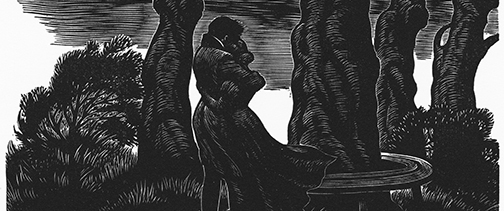JANE EYRE and Feminism

Tackling this subject is Sarah Hobson, who plays the little French ward, Adele Varens. Sarah is a high-school student whose love of theater and small stature made her ideal for this pivotal role.
———–
Jane Eyre’s Impact on Nineteenth Century Society–by Sarah Hobson
Jane Eyre had a significant impact on society during Charlotte Bronte’s time. Before it was published in October of 1847, women were viewed as simple, sweet, and soft creatures that could not really stand up for themselves. Jane Eyre changed people’s perception of women. At first the novel was considered very radical, since it appeared to encourage rebellion and dissent towards authority. Those who read the story thought that Jane had no feminine qualities whatsoever and had a wild, unkempt spirit.
Because of Jane’s lack of femininity, she was compared to the rioters who were protesting during this time period (demanding votes for the working class). Jane was also critiqued for her independence and demands of equality as a woman, as well as her plea that women should be allowed to use their talents and abilities rather than “‘making puddings and knitting stocking, …playing on the piano and embroidering bags’ (ch. 12)”
In the middle of the nineteenth century, unmarried women with no family to support them financially had only one respectable option: to be a governess. However, this role was often found to be awkward and unsatisfactory, as the governess seldom fit well into the household. A governess was viewed as too high up to associate comfortably with the household servants (except perhaps the housekeeper–Jane spends much of her time at first with Mrs. Fairfax), but also too common to socialize with her employer. [ed. Do we quite understand today just how unusual it was for Rochester to notice Jane and speak to her as an equal?] Because Jane was so “fortunate” in her employment, many considered her situation unrealistic.

Be that as it may, in just eight years after the publication of Jane Eyre, women began standing up for themselves and gained more independence.
Source Material:
“Literary Analysis of Jane Eyre – Victorian Era.” Victorian Era. Google Sites, n.d. Web. <https://sites.google.com/a/cheshire.k12.ct.us/victorian-era/influential-authors/the-bronte-sisters/biography/jane-eyre-analysis/literary-anlysis-of-jane-eyre>.
Lowes, Melissa. “Charlotte Brontë: A Modern Woman.” The Victorian Web. N.p., 15 Feb. 2008. Web. <http://www.victorianweb.org/authors/bronte/cbronte/lowes1.html>.
Shuttleworth, Sally. “Jane Eyre and the 19th-century Woman.” Discovering Literature: Romantics and Victorians. British Library, n.d. Web. <http://www.bl.uk/romantics-and-victorians/articles/jane-eyre-and-the-19th-century-woman
